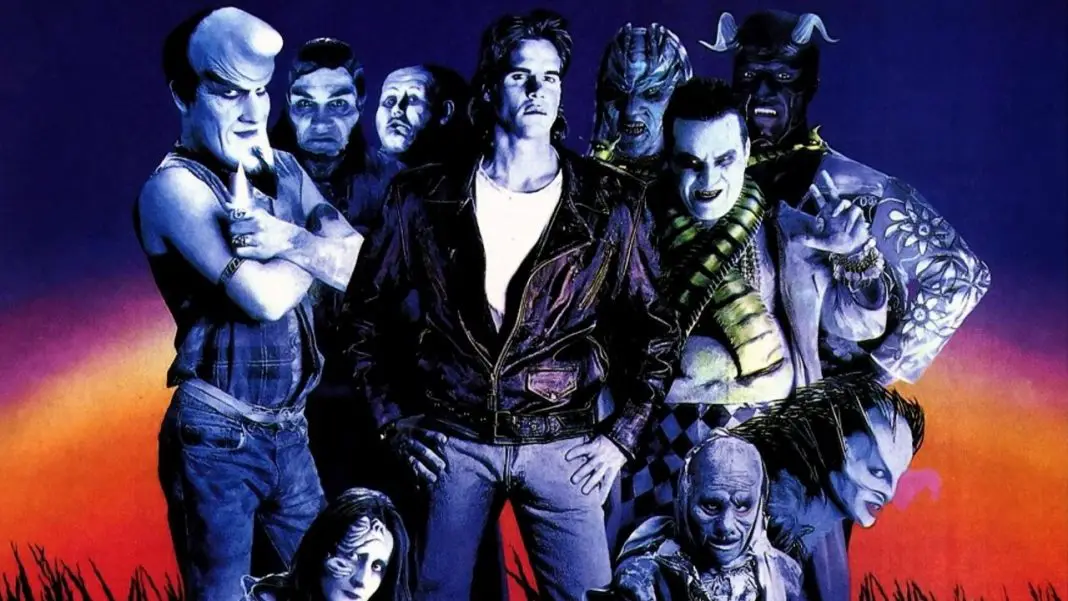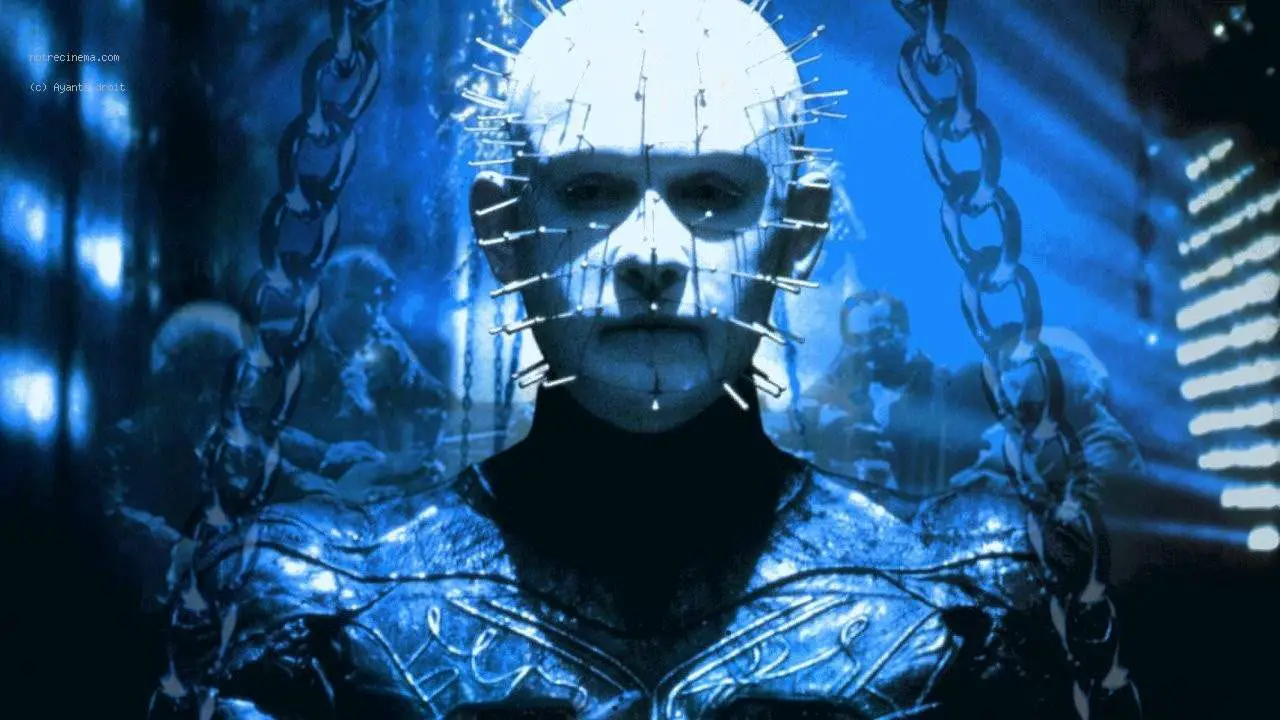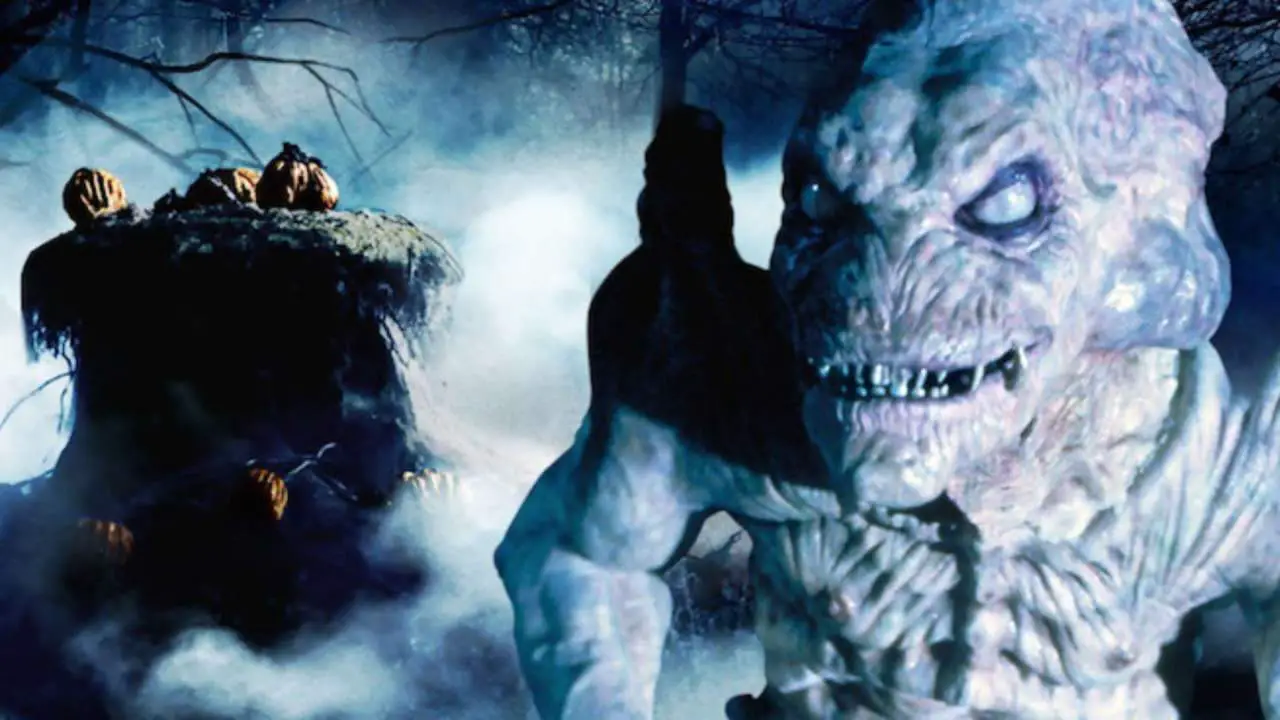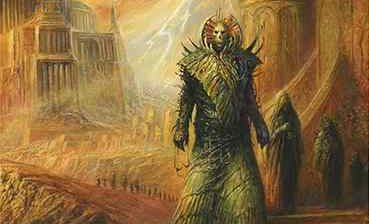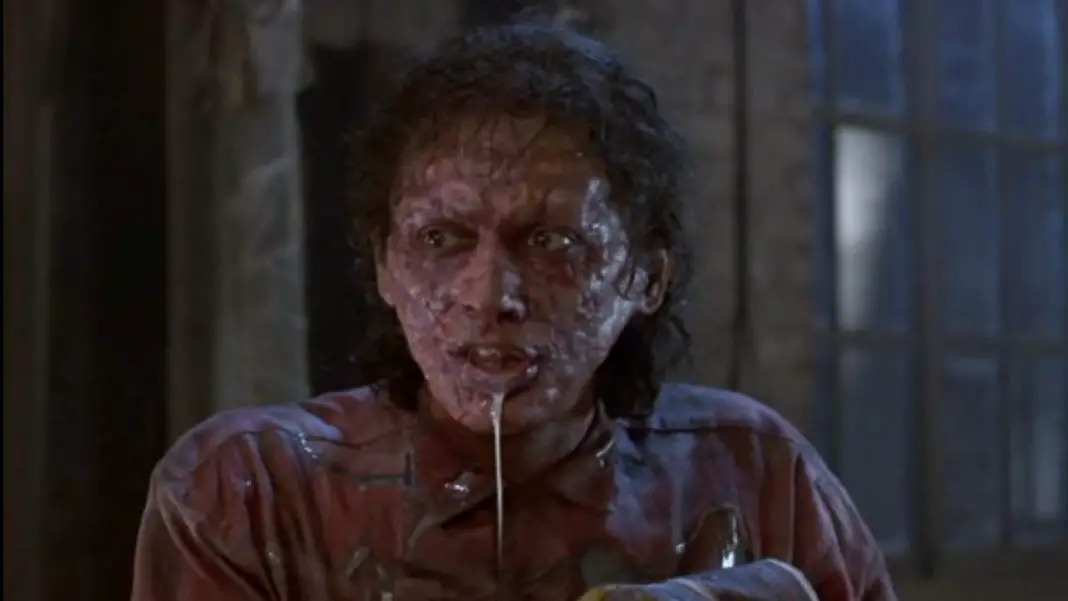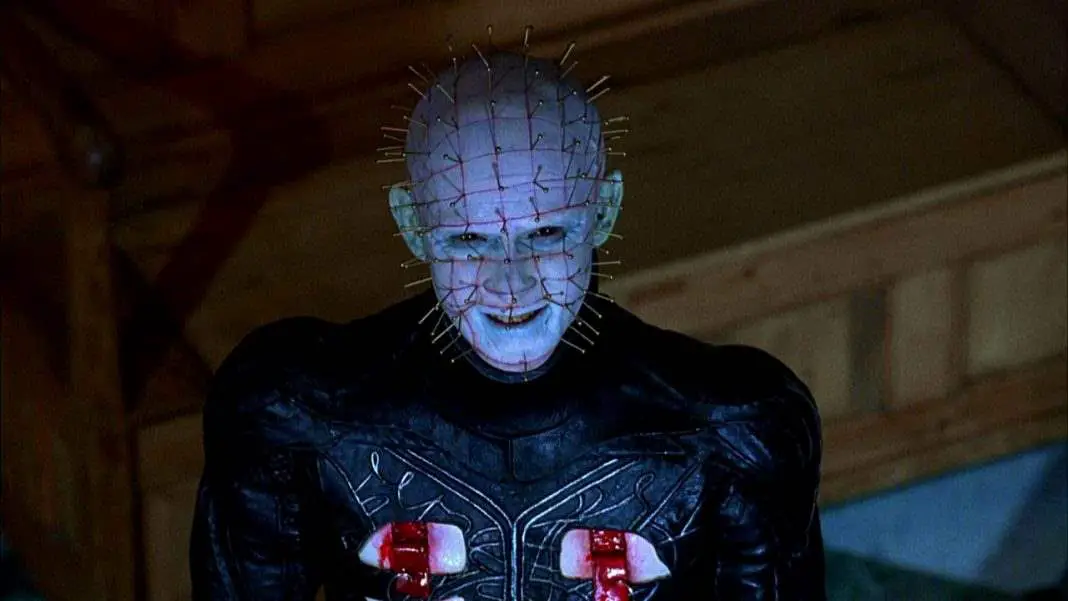When Clive Barker first burst onto the scene with The Books of Blood, he changed the landscape of horror. The industry had never seen a style or, more importantly, an imagination quite like his. Considering that that was right at the peak of the oversaturation of Stephen King in the mid-eighties, horror was hungry for new voices and Barker delivered. The Books of Blood pushed the boundaries of good taste and what could/could not be done in horror beyond the limits. Because if there’s one mission statement in Barker’s career, it’s best summed up in the tagline of the original Hellraiser: There are no limits.
Throughout his career, though, Barker would continue to push the boundaries of not only what he could get away with on the page, but also what his readers would accept. As much as they are clearly from the author’s imagination, most of the stories in The Books of Blood are just flourishes on old tropes and archetypes as only Barker’s imagination could bring us. “The Midnight Meat Train” is a slasher at heart, “Book of Blood” is a haunted house story, “Dread” is pure psychological horror, “Rawhead Rex” is a classic monster-on-the-loose story, and the fact that those four already have one foot in established genres may help explain why they’ve all seen film adaptations and so many of the author’s later, more elaborate stories have not.
Sexuality has been an ever-present thread in all of Barker’s work from the very beginning. Everything contains an element of embracing who you are and who you are attracted to, be they man, woman or monster. Because this is present in everything, for the purposes of condensing things down, we’ll only be looking at the film adaptations.

He’s buff for a demon, for one thing, and has his shirt ripped open to reveal his abs. In the film, Rawhead looks as though he’s stepped out of a romance novel in Hell. There are things like that throughout the film, too. In essence, Rawhead Rex is a straightforward B-Movie that occasionally branches out into sexual areas. Perhaps those lines are best blurred in the golden shower sequence in which Rawhead baptizes a priest by urinating on his head.
Moving onto Hellraiser, though, that’s when things get sexual on pretty much every conceivable level. With good reason, too. This is Barker’s first feature as a director and sexuality is something at the heart of the film. In Hellraiser, sex is literally what drives the plot.
Julia is a woman in a very unhappy marriage. Her husband, Larry, is a bore. The best sex she ever had was with Larry’s brother Frank, the black sheep of the Cotton family, on the eve of her wedding. Moving into Larry’s childhood home to discover Frank had been squatting there some time before brings the memory of her one-time secret lover back into her mind. When she discovers Frank— barely recognizable as human after the tortures he’s undergone—in the attic, he makes her an offer she didn’t know she’d already been dreaming of: Bring him men, bring him blood, so that he can be whole again and they can be together.
 Frank is a monster—in fact, because human Frank and skinned Frank are played by different actors, he’s literally referred to as Frank the Monster. But Julia loves him and will do anything for him. She’s never killed anyone, but with Frank, she’s willing to do whatever it takes because she is done denying herself pleasure for the purposes of a stable marriage and a nice house. In her perfect willingness to kill whoever, whenever, for the sake of bringing Frank back, she’s only proving that she’s a monster too, and that they probably belong together after all.
Frank is a monster—in fact, because human Frank and skinned Frank are played by different actors, he’s literally referred to as Frank the Monster. But Julia loves him and will do anything for him. She’s never killed anyone, but with Frank, she’s willing to do whatever it takes because she is done denying herself pleasure for the purposes of a stable marriage and a nice house. In her perfect willingness to kill whoever, whenever, for the sake of bringing Frank back, she’s only proving that she’s a monster too, and that they probably belong together after all.
There’s a sexual element to the Cenobites as well. First and foremost, they’re basically dressed in fetish gear. They’re BDSM beyond the limits of the traditionally possible. Their clothes aren’t just tight, they’re woven in and out of the wearer’s skin. For some, that’s horrifying. For many who subscribe to those practices, the Cenobites are beauty and possibly even wish fulfillment for people who have worn every strap, every piece of leather they could find, have pierced everything they possibly had left to pierce.
There’s Pinhead, with the sleek, regal symmetry of his design. Butterball with his Videodrome-esque stomach slit. Chatterer with his flayed mouth. And the Female Cenobite with her incredibly obvious yonic throat, held open perpetually by wires. A staggering amount of people misinterpret the line “Demons to some, angels to others” as hint to some corner of the mythology we haven’t seen yet, that the Cenobites take on a different, more angelic appearance to some people. But that line means exactly what it says. To some people, the Cenobites are horrifying. To some, exactly as they appear now, they represent something incredibly beautiful.
 If there’s anything that prevents Hellraiser from being a perfected version of the ideas first presented in Rawhead Rex it’s that the people who are attracted to monsters—and the monsters themselves—are ultimately the bad guys. At the end of Hellraiser, good triumphs over evil and normalcy prevails.
If there’s anything that prevents Hellraiser from being a perfected version of the ideas first presented in Rawhead Rex it’s that the people who are attracted to monsters—and the monsters themselves—are ultimately the bad guys. At the end of Hellraiser, good triumphs over evil and normalcy prevails.
That is fundamentally corrected when we get to Nightbreed, which is an out-and-out monster romance. For all its horror and violence, Nightbreed is a fairy tale. These are monsters who do monstrous things, but they just want to be left alone. They used to walk among the humans, back when we regularly told stories of demons and creatures of all sorts, but were ostracized and driven below ground to where they formed their haven, Midian.
In Nightbreed, the humans are largely antagonistic with Boone’s lover Lori representing one of the only exceptions. This is a movie where the monsters are the heroes and the humans are bigoted and frightened. They fear what they don’t understand and what they fear, they attack. It’s the X-Men of the horror genre. And it’s the first film to really encapsulate the fantasy themes of Barker’s work on the page.
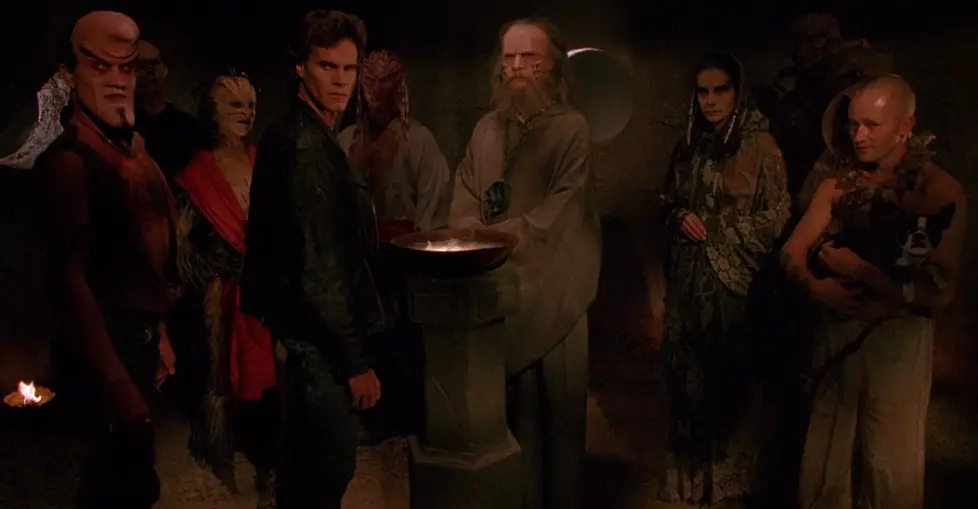 But the idea of identifying with monsters rather than humans is something that the studio simply wasn’t ready for, something they fought every step of the way, causing them to attempt to market it as a slasher film because they had so little confidence that they felt like they needed to trick people into seeing the movie. The experience of making Nightbreed was heartbreaking for Barker, souring him on directing in general, so that his third feature as director, Lord of Illusions, would also wind up being his last. Thankfully, after years of digging and hard work to restore it, fans finally got to see Nightbreed as Barker intended with Scream Factory’s collector’s edition.
But the idea of identifying with monsters rather than humans is something that the studio simply wasn’t ready for, something they fought every step of the way, causing them to attempt to market it as a slasher film because they had so little confidence that they felt like they needed to trick people into seeing the movie. The experience of making Nightbreed was heartbreaking for Barker, souring him on directing in general, so that his third feature as director, Lord of Illusions, would also wind up being his last. Thankfully, after years of digging and hard work to restore it, fans finally got to see Nightbreed as Barker intended with Scream Factory’s collector’s edition.
Though Barker did not direct Candyman, he was heavily involved and Bernard Rose completely caught the elements of attraction in the source material. There’s a connection between Helen and the Candyman that’s even more overt than the tension between Kirsty and Pinhead in the Hellraiser movies. Even though Candyman is a play on urban legends and is often looped in as a thriller, it’s an incredibly romantic film in the tradition of Phantom of the Opera. It blends together elements that had never really been blended before, and to see gothic horror combined with the Chicago ghetto is actually a fantastic thing to witness.
Monsters take a significant step backwards in Barker’s final directorial effort, Lord of Illusions. It almost seems as though this was on some degree an effort on Barker’s part to give the studios something closer to what he thought they wanted, rather than try to fight the same uphill battles he’d fought (and ultimately lost) on Nightbreed. Lord of Illusions is the movie that finally brings Barker’s recurring detective Harry D’Amour to the big screen—a character who is notably often referred to as “too straight for his own good.”
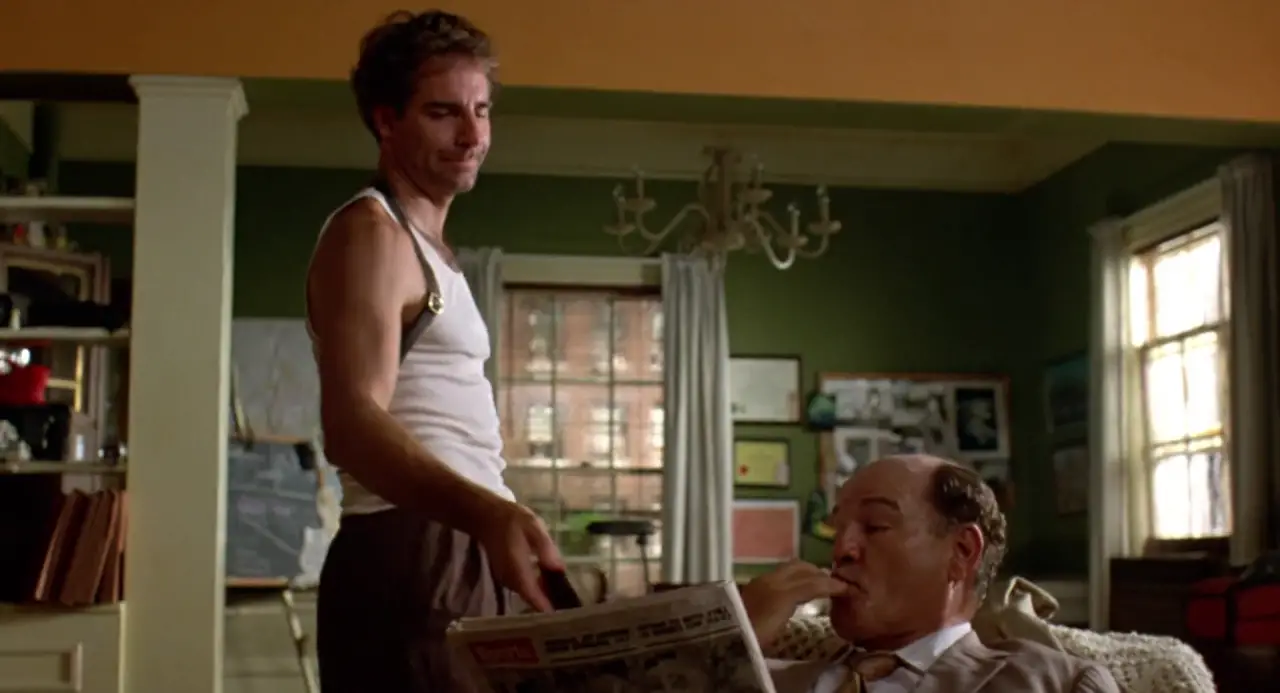 But even if monsters are less present, magic is the lifeblood of this movie and affects it on every level. In that regard, though it looks more like a detective thriller blended with a cult movie on the surface, Barker is instead blurring the lines between humans and monsters by allowing the magic at the center of the movie to affect virtually every character.
But even if monsters are less present, magic is the lifeblood of this movie and affects it on every level. In that regard, though it looks more like a detective thriller blended with a cult movie on the surface, Barker is instead blurring the lines between humans and monsters by allowing the magic at the center of the movie to affect virtually every character.
Since Barker stopped directing, adaptations from his work have more and more frequently gone back to his earliest and often most accessible stories. Some of these adaptations have been very good and very true to those works, but there are also many fans who feel like it’s been a long time since we’ve seen anything on the screen that could be described as “full-blown Barker.” His voice is unique and would bring something that movies have often been sorely lacking.
Although, that’s not necessarily true. Barker’s voice is without a doubt his own, but similar voices have shown up more and more in the author’s wake. It’s possible that Barker’s openness to the relationships between humans and various creatures had an influence on any number of YA books over the past several years that were themselves eventually brought to the big screen.
More than that, looking at the landscape of American cinema, around the same time Barker stopped directing movies a filmmaker with a very similar voice was brought to the states. Guillermo del Toro had made an impact on the genre with his debut, Cronos. His American debut, Mimic, was nearly as troubled a production as Nightbreed, but with Blade II he began directing studio movies that still always bolstered the same unique visual and thematic style. He’d take source material like Blade or Hellboy but they would always be Guillermo del Toro movies first and foremost.
 Del Toro’s films have always shared striking similarities with Barker’s, with largely only one major thematic exception: In Del Toro’s movies, people befriend the monsters and in Barker’s movies, they fuck them. Obviously, that’s now changed with The Shape of Water. I’m not saying that Guillermo del Toro’s career replaced Clive Barker’s or that there’s no place for Barker anymore. If anything, I’m saying that their likeminded sensibilities scream for collaboration and that there’s never been a better time to start mining Barker’s material for potential big screen success than now, especially as The Shape of Water continues to receive nomination after nomination and has started generating serious Oscar talk.
Del Toro’s films have always shared striking similarities with Barker’s, with largely only one major thematic exception: In Del Toro’s movies, people befriend the monsters and in Barker’s movies, they fuck them. Obviously, that’s now changed with The Shape of Water. I’m not saying that Guillermo del Toro’s career replaced Clive Barker’s or that there’s no place for Barker anymore. If anything, I’m saying that their likeminded sensibilities scream for collaboration and that there’s never been a better time to start mining Barker’s material for potential big screen success than now, especially as The Shape of Water continues to receive nomination after nomination and has started generating serious Oscar talk.
Clive Barker’s imagination is unrivaled. With his approach to monsters, he simply took themes that had been present since the earliest Universal days and took them to the next, much less conservative level. The Shape of Water has proven beyond any doubt that audiences are ready for these works in a way they certainly hadn’t been when Nightbreed was released. From Galilee to Imajica to Sacrament, Barker has worlds within worlds within worlds to offer, where the lines between good and evil are never concrete, and love comes in all shapes and sizes and is celebrated in each of its forms.
